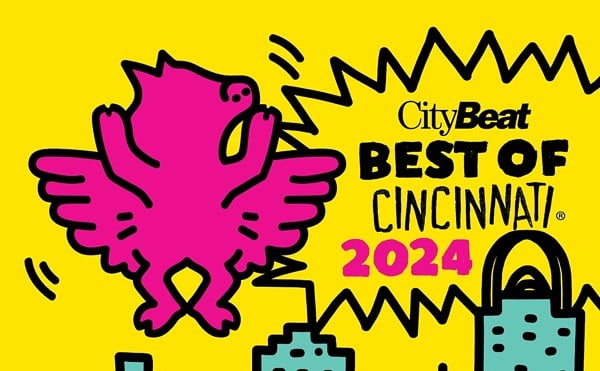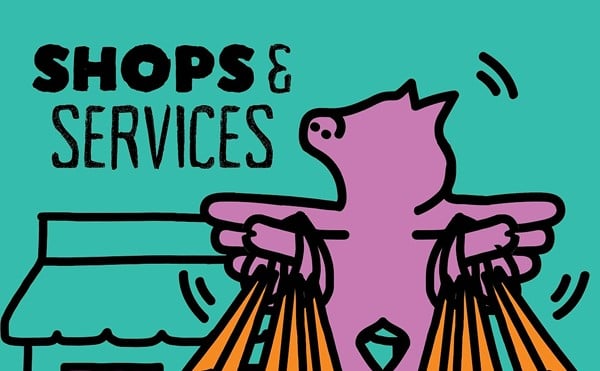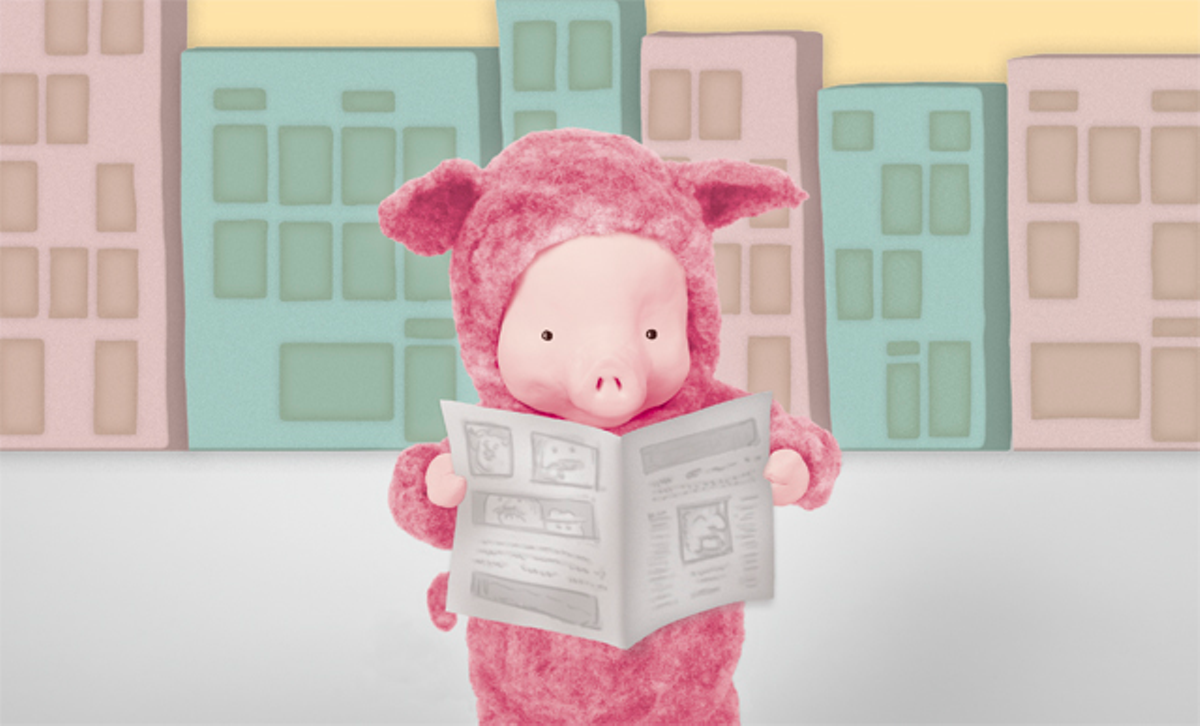
It seemed like a reasonable idea at the time: Indigenous Peoples’ Day — a city proclamation that celebrated the indigenous cultures that existed in Ohio and across the country before European settlers arrived. Putting it on the second Tuesday in October — Columbus Day — also didn’t seem like such a huge leap. After all, 22 other cities including Oklahoma City, Lawrence, Kansas and Asheville, N.C., have taken similar steps. But the idea, proposed by the Cincinnati Human Relations Commission, was too much for Cincinnati City Council. While a few council members voted for the motion recognizing America’s first peoples, a majority abstained from the vote, giving no reason for doing so.
2. The Gramercy on Garfield
3. Machine Flats
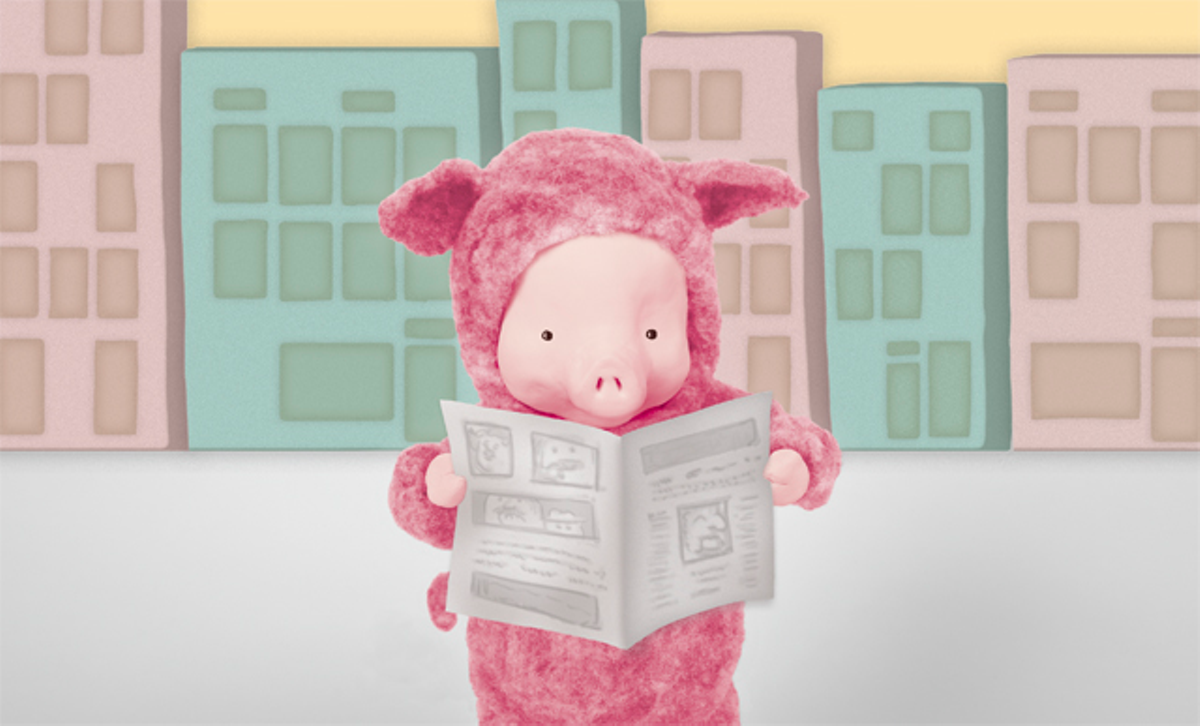
The past year saw intensified efforts to save the physical remains of one of Cincinnati’s proudest cultural gems. James Brown. Bootsy Collins. Otis Redding. Ike Turner. Philip Paul. The list of local and national legends who recorded for Evanston-based King Records goes on and on, giving Cincinnati some serious credibility when it comes to the roots of America’s Rock, R&B, Soul and Funk music. What’s more, the company, started in 1943 by Cincinnatian Syd Nathan, was one of the country’s first integrated work places. King was decades ahead of its time and a continuingly pertinent example of what people can do when they transcend racial divides. Today, the label’s former headquarters is in disrepair and its owners want to tear it down. But the city has taken steps to purchase it, using eminent domain if necessary, so the facility can be turned into a museum and educational site. Decades after it closed down, King is still bringing people together.

It’s been a big year for babies at the Cincinnati Zoo. Since being born six weeks early on Jan. 24, baby hippo Fiona has become a bona fide local celebrity. Initially weighing just 29 pounds, the tiny baby inspired the hashtag #TeamFiona as the city anxiously awaited daily updates on her condition. But the hippo wasn’t the only baby the zoo welcomed this year: African painted dog Imara gave birth to a whopping 11 pups, all of whom were named after cheese, and first-time Malayan tiger mom Cinta also welcomed three female cubs; her maternal instincts, however, failed to kick in. Luckily, six-year-old Australian shepherd Blakely stepped in to fulfill the role of nanny. Blakely’s previous baby-rearing experience includes cheetahs, a takin, a warthog, wallabies, skunks and bat-eared foxes. Cincinnati Zoo & Botanical Garden, 3400 Vine St., Avondale, 513-281-4700, cincinnatizoo.org.

For a beautiful few weeks, it kinda seemed like the University of Cincinnati was about to join the big leagues. But it was all one big tease. After some flexing for one of the country’s top college sports conferences, we found out this past fall that UC won’t be joining the Big 12 any time soon. In fact, no new schools will be hopping on board the high-level collegiate athletic conference, which currently has only 10 members for some reason. The Big 12’s board of directors say the move doesn’t have anything to do with individual schools and that it simply isn’t the right time to expand. That means UC won’t get the chance to join a Power Five conference or top-tier athletic groups that net much larger TV revenues, better shots at major bowl games and playoff berths. Oh well.
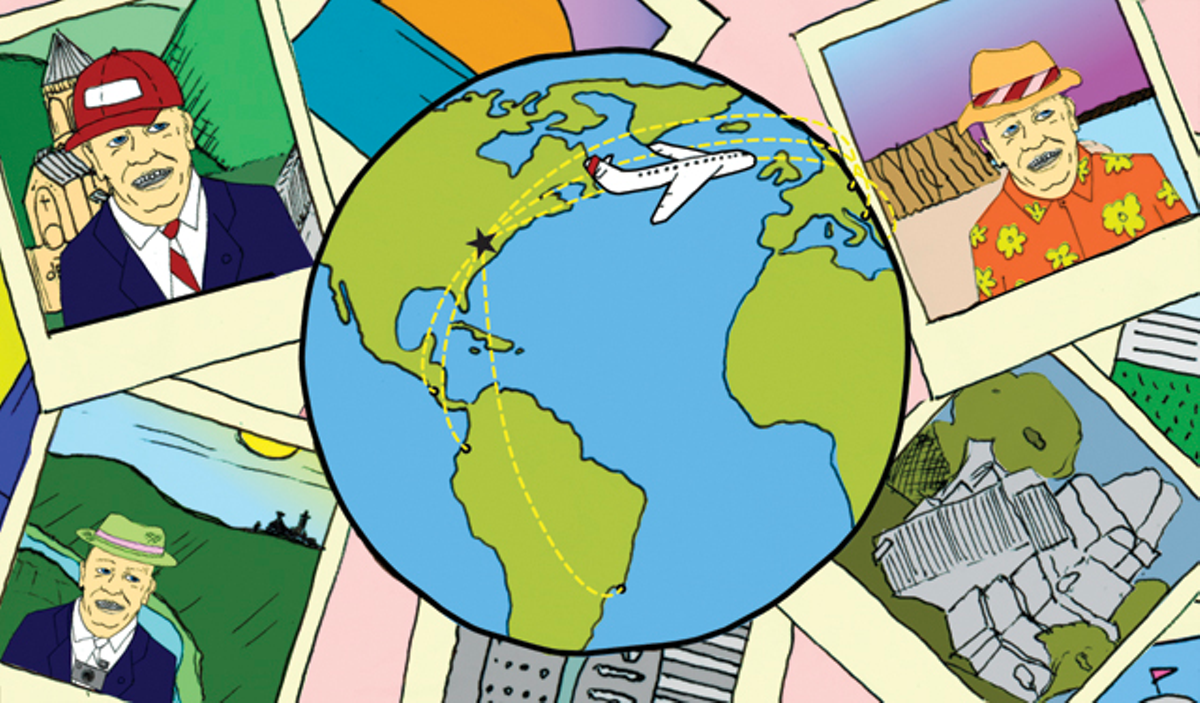
Since rebounding from his 2008 loss to Steve Driehaus and returning to the U.S. House of Representatives in 2011, Rep. Steve Chabot has flown to 46 countries on 16 separate excursions, gracing the likes of Mongolia, Myanmar and Moldova with his presence. The tab to taxpayers? Almost $200,000. But it’s unclear exactly what those trips, taken as part of Chabot’s role as the chair of the House’s Small Business Committee, have accomplished. That’s not a question Chabot has been eager to answer.
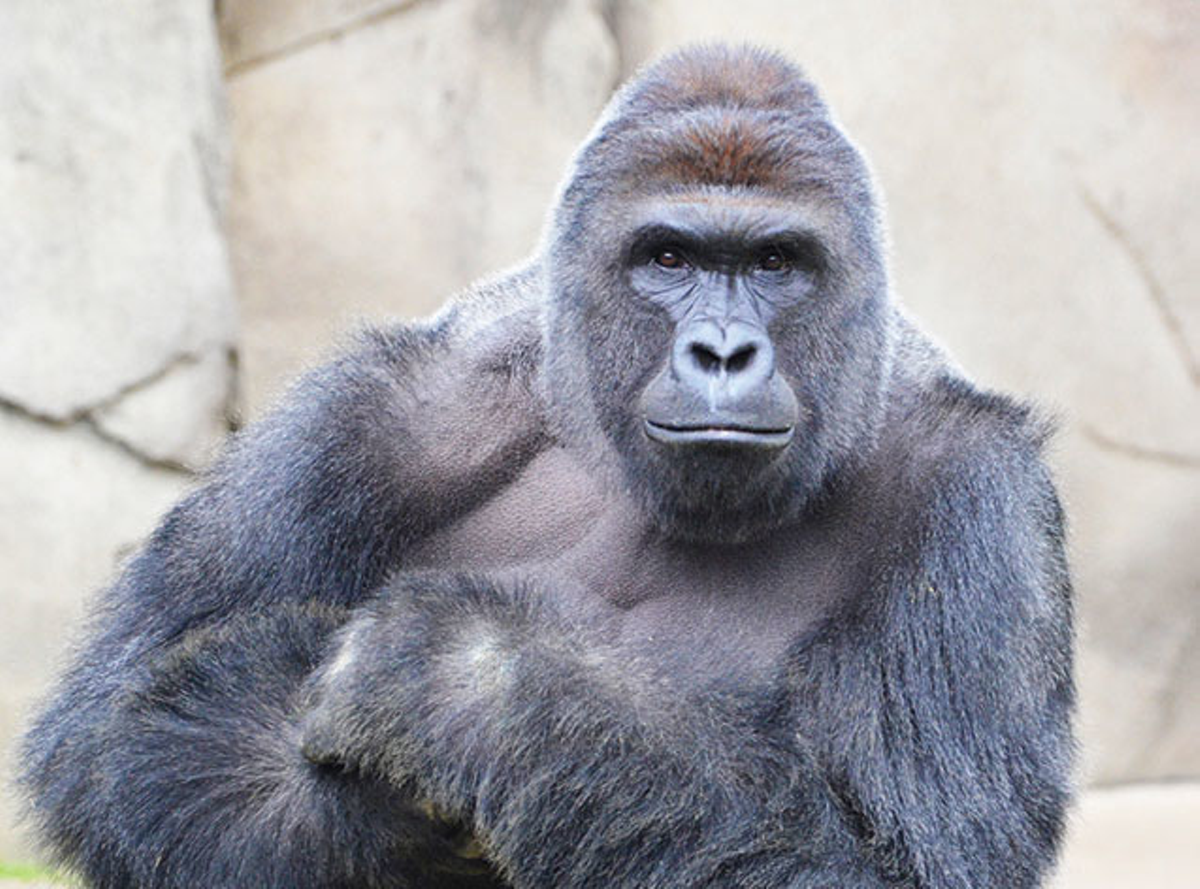
Oh man. We should not even be revisiting this, but here we are. If you needed proof that social media is a terrifying place full of sadness and pain, look no further than the way Twitter trolls handled the tragic death of Harambe, a gorilla living at the Cincinnati Zoo. In May, a 3-year-old boy fell into Harambe’s enclosure, and, when the gorilla began dragging the boy and no other avenue to rescue him was available, zookeepers shot the silverback. That alone was sad enough. Then came the memes. The threats to the zoo. The insults to the boy’s mother. The bizarre conspiracy theories. The zoo temporarily shut down its Twitter account due to the craziness, which made national news. Twitter trolls aimed fire at zoo director Thane Maynard, hacking his Twitter account in August. Eventually, the tweetstorm died down, and hopefully the mere mention of our sweet, departed simian prince’s name in these pages doesn’t recall the fury.
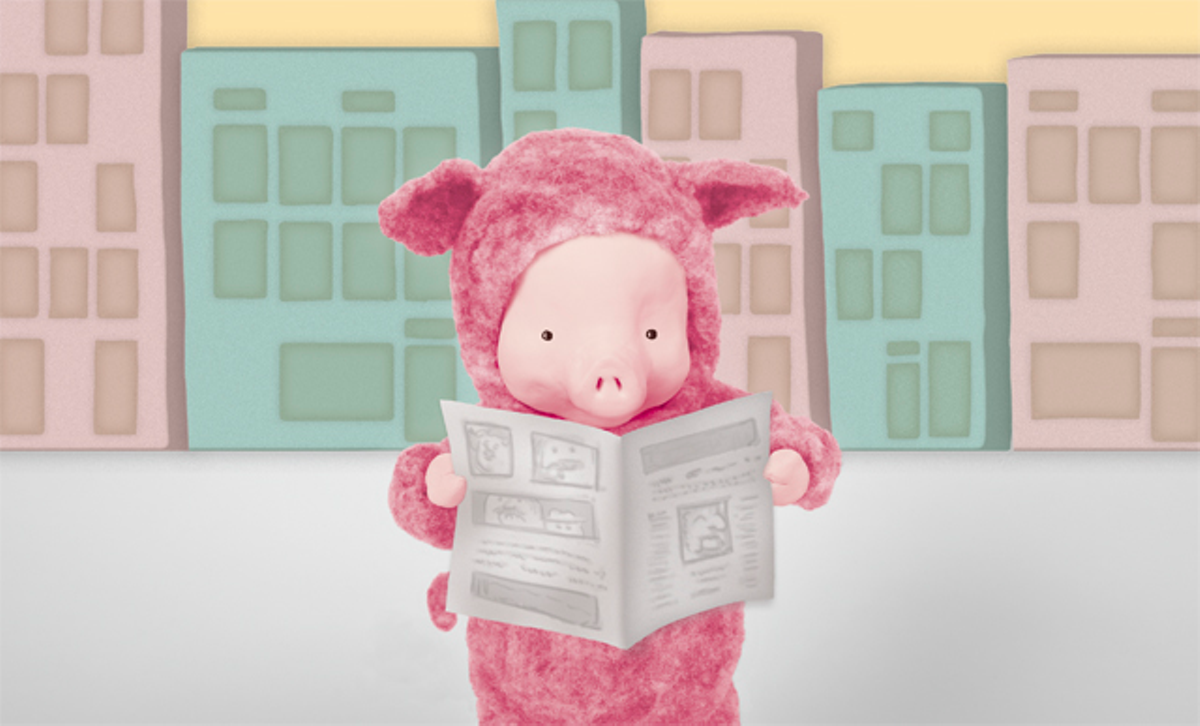
A century and a half after the end of the Civil War, some folks think it’s still advisable to bandy about the symbol of the side that fought to keep black people enslaved. That seems like a bad idea, and an even worse one if you’re an official like Hamilton County Clerk of Courts bailiff Donald Robinson Jr., who got in hot water for sharing the Confederate flag unapologetically on Facebook last year. Former University of Cincinnati Police officer Ray Tensing went one worse, however. In an almost unbelievable twist, attorneys revealed during his murder trial that Tensing was wearing a Confederate flag T-shirt under his uniform when he shot unarmed black motorist Samuel DuBose. Seriously. Tensing’s defenders say the shirt was simply advertising the Great Smoky Mountains. That’s well and good, but they didn’t have any shirts at the gift shop without racist symbols?
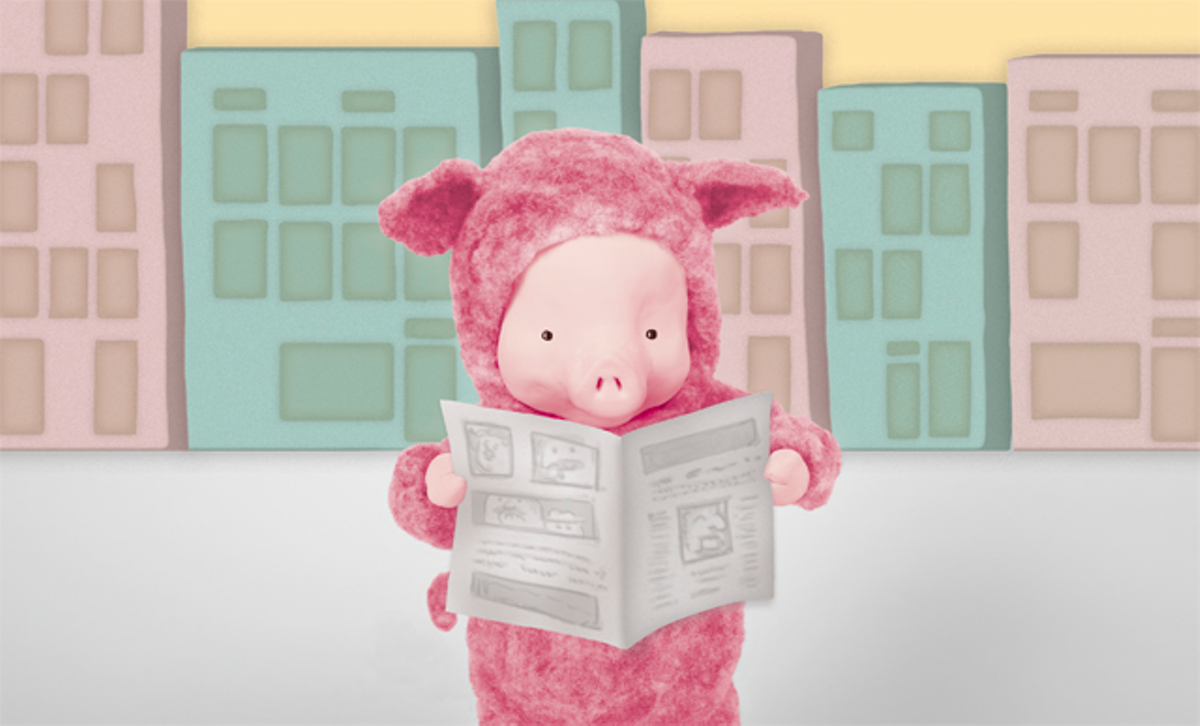
Hamilton County voters decided in November that part of Joe Deters was better than all of Alan Triggs as county prosecutor. Deters went to part-time status in 2009, something conveniently omitted on all of his campaign signs and advertising. Of all the elected prosecutors in Ohio’s 10 biggest counties, Deters is the only one with a fractional commitment to his public job. Then again, having pocketed more than $2 million with two now-disbarred private lawyers, who can blame Deters for sucking at two teats at once?
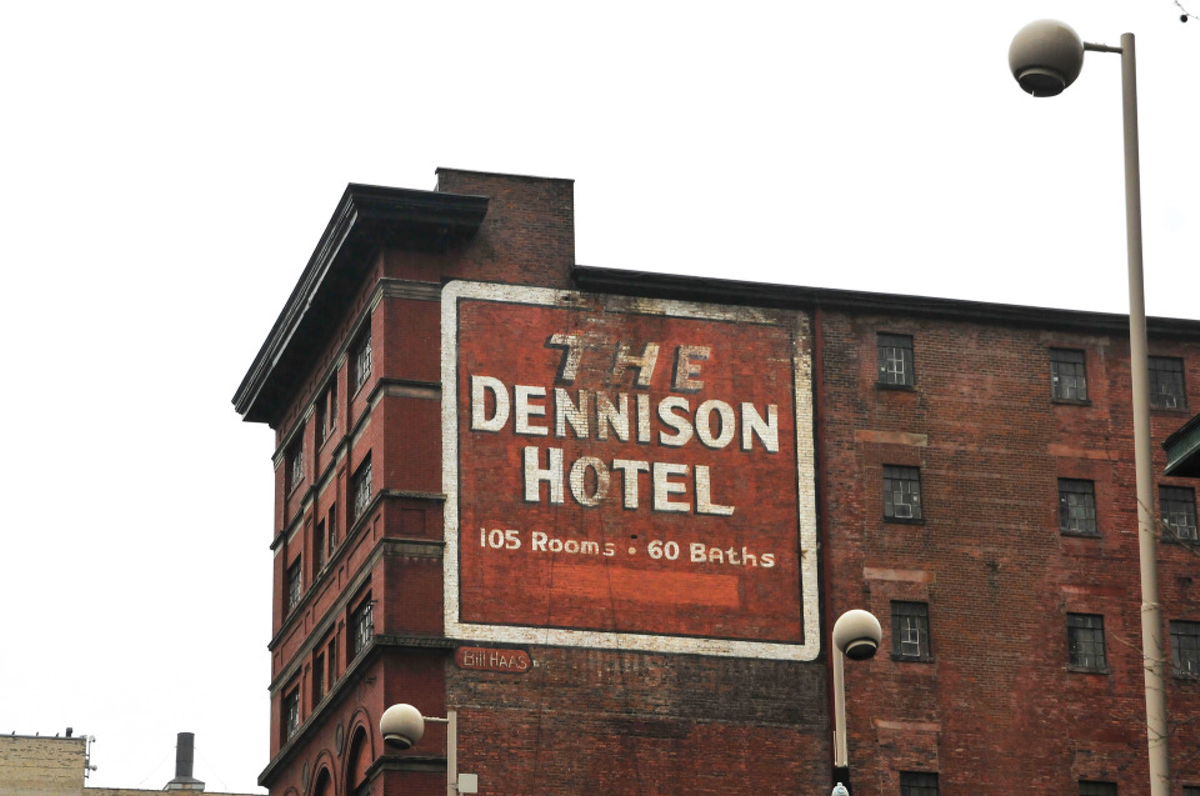
For a moment last year, it seemed as though preservationists would prevail in the fight against the destruction of downtown’s Dennison Hotel, a 125-year-old building designed by the firm of noted architect Samuel Hannaford and sitting in the Main Street Historic District. Last summer, the city’s Historic Conservation Board nixed a demolition request by Columbia REI, the company controlled by powerful auto dealer magnates the Joseph family that owns the building. But the elation of preservationists was short lived: Months later, the city’s Zoning Board of Appeals reversed the conservation board’s ruling, clearing the way for the city to issue a demolition permit.

After the election, it was a little hard for our now-president to stop campaigning. It’s understandable: the adulation of the crowds, the bright lights, the pumped-up soundtracks made up mostly of Billy Joel echoing through the half-full arenas, the occasional violence from your supporters toward peaceful protesters — it’s gotta be a wild ride. The president-elect’s victory lap appearance in Cincinnati didn’t quite fill U.S. Bank Arena (it was about half-full, actually), but did tie up traffic on I-71 and I-75 for hours as cars streamed in from the suburbs to catch the new prez. If you were just trying to get somewhere downtown in a timely manner, the reality star turned politician’s pileup was less than appreciated.
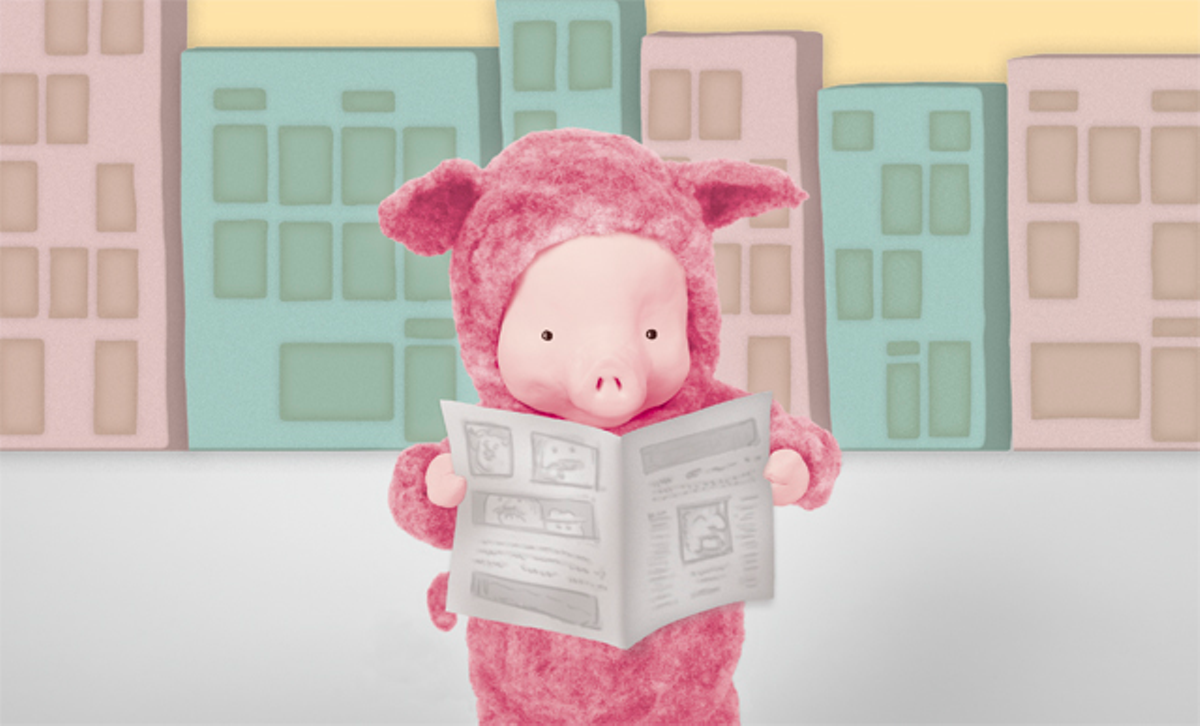
The year 2016 witnessed the continued widening of a big split in Cincinnati and Hamilton County politics: a rift between two factions of the local Democratic Party. On one side are established players with mostly moderate policies like Mayor John Cranley. On the other, to varying degrees, are younger, generally more progressive politicians and candidates looking to shake things up. The most obvious example is Councilwoman Yvette Simpson, who announced in the summer that she would challenge Cranley in the 2017 mayoral race. Simpson has some allies, including fellow council member Chris Seelbach and various other candidates. The first big skirmish happened over the streetcar during Cranley’s first election four years ago. But the divisions have only intensified since then, and the 2017 mayoral and Council races look likely to turn past skirmishes between old-guard Democrats and the local party’s young urban progressive wing into an all-out war.
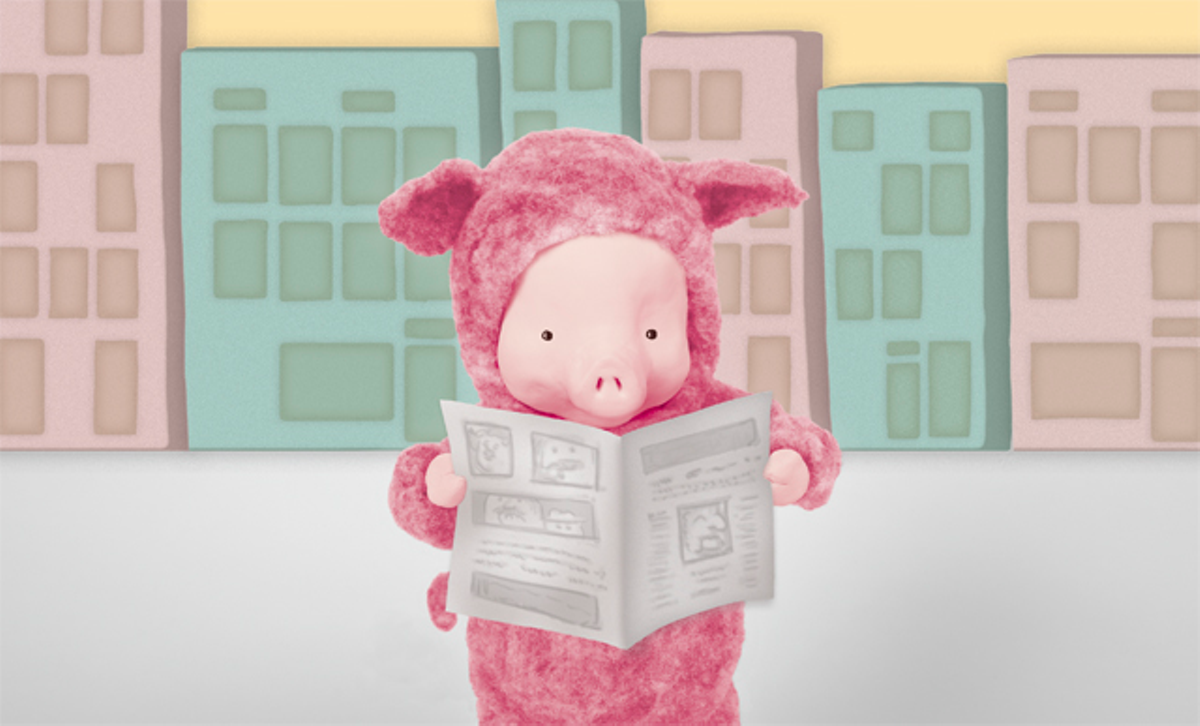
Things got ugly pretty quick for the Ohio GOP this year. Ohio Gov. John Kasich bucked his party and opposed their nominee for president. Other elected officials like U.S. Sen. Rob Portman hemmed and hawed about their support for Trump, saying no, then yes, then no again to a Trump presidential nomination. Trump’s campaign in Ohio was chaotic — few field offices, few volunteers — and he didn’t exactly play nice with the state party’s establishment. When the dust settled, Ohio GOP Chair and Kasich ally Matt Borges was out of a job, replaced by Trump loyalist Jane Timken. Despite the tumult, however, the party won big, picking up seats in the State House and Ohio’s electoral college votes for Trump. It was another instance proving that all previously established political rules were out the window in 2016.

Cincinnati’s first streetcar system in more than 65 years launched with great fanfare back in September. The opening weekend for the transit project was a huge hit, with riders hopping on board for more than 50,000 free rides. By the end of October, ridership had reached around 215,000, and even excluding its big debut, the streetcar averaged 3,700 riders a day, far surpassing its goal of 3,000 fares a day. Colder weather, traffic snags and unpredictability in arrival times have cooled the streetcar’s red-hot debut, but boosters and city officials say they expect ridership to pick up again as the weather warms up and more big events draw crowds to downtown and OTR.
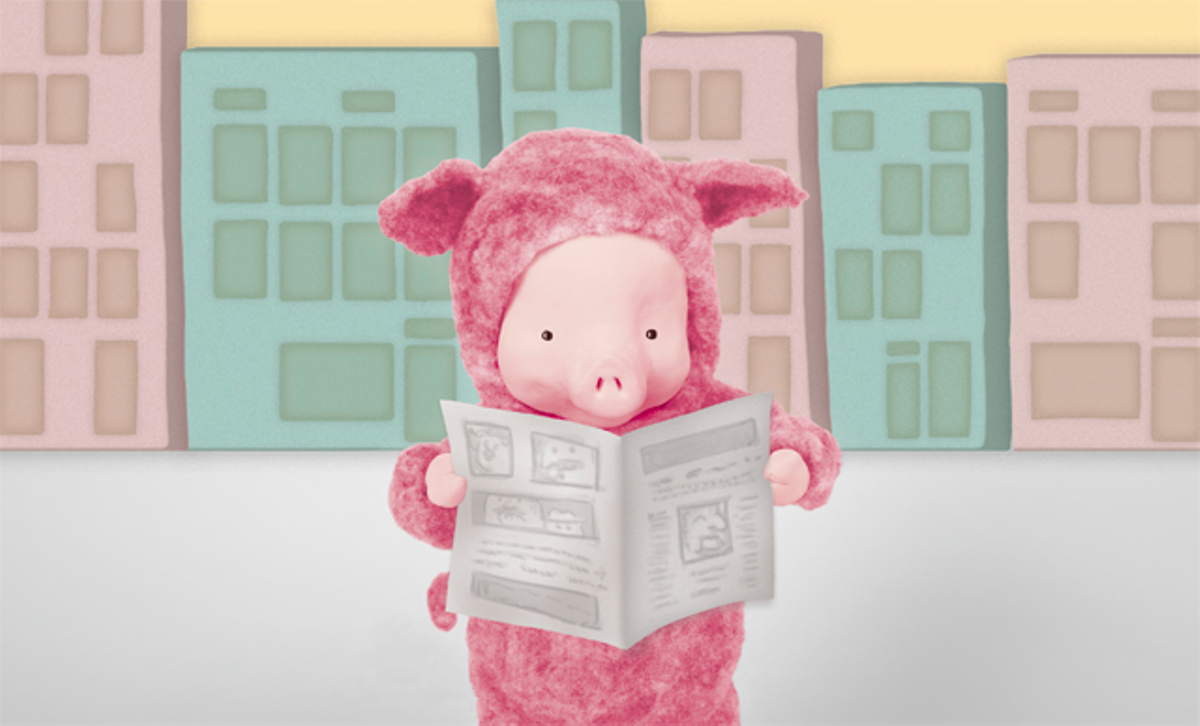
It wasn’t a guaranteed win, and for one of the two Democrats now on Hamilton County Commission, it came down to the wire. But here’s hoping that Commissioner Todd Portune’s re-election and the election of former State Rep. Denise Driehaus bring a new, more forward-looking direction to the county, which has been stuck in neutral thanks to budget cuts and lack of long-term vision. Things are getting off to a quick start, with a new crime lab and coroner’s office in the works, more plans for regional cooperation on the heroin crisis and other big issues.
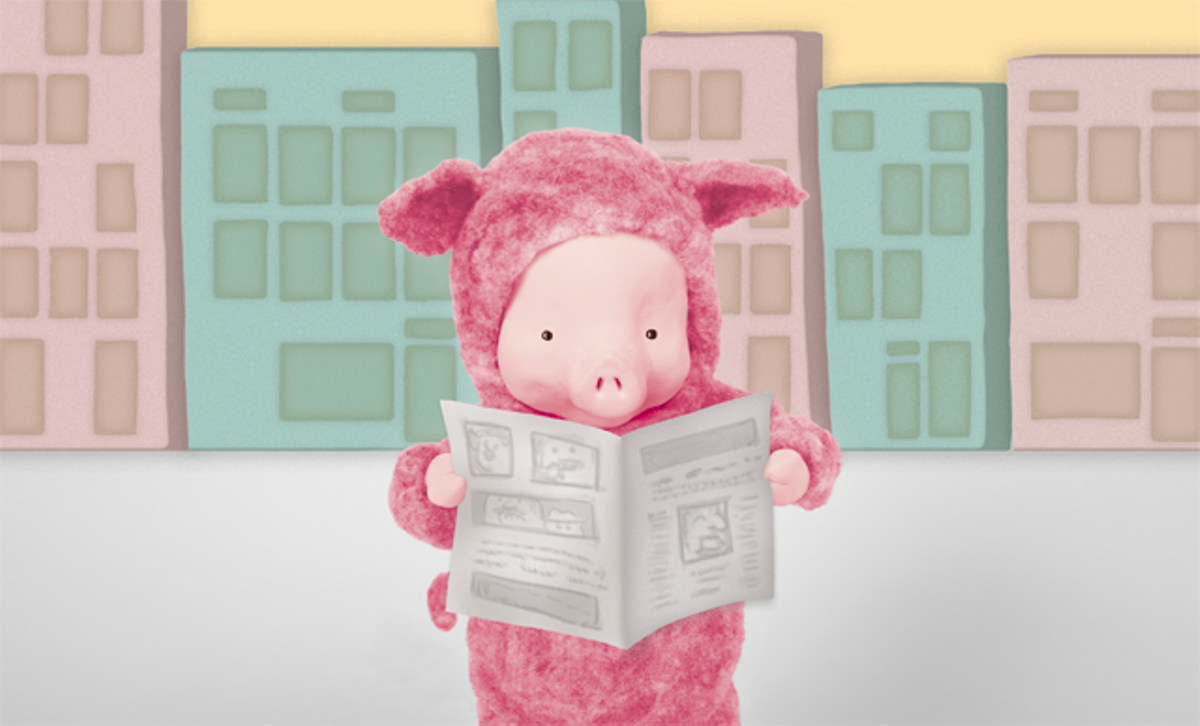
When the Brent Spence Bridge collapses and sends eight lanes of vehicles into the Ohio River, we will all wonder why construction of a new bridge hadn’t begun in 2016. After all, we had a president who wanted to spend more on infrastructure, a House speaker (John Boehner) from the Ohio side and the Senate majority leader (Mitch McConnell) from the Kentucky side. That perfect storm for success went for naught. Meanwhile, Louisville opened one new Ohio River bridge and is building another. Maybe it’s because that city has a democratic congressman.

Early November 2016 was a tense time in Cincinnati. Donald Trump had just been elected president and a Hamilton County jury declared it could not reach a verdict in the case of former University of Cincinnati police officer Ray Tensing’s shooting of unarmed black motorist Samuel DuBose. That tension was especially high outside the Hamilton County courthouse as the verdict — or lack thereof — came down. The hundreds gathered there began to march through the streets of downtown, where they were joined by another large protest against the proposed policies of President Trump. The Black Lives Matter and Trump protesters marching together made a powerful statement — thousands of Cincinnatians marching non-violently for justice and acceptance.
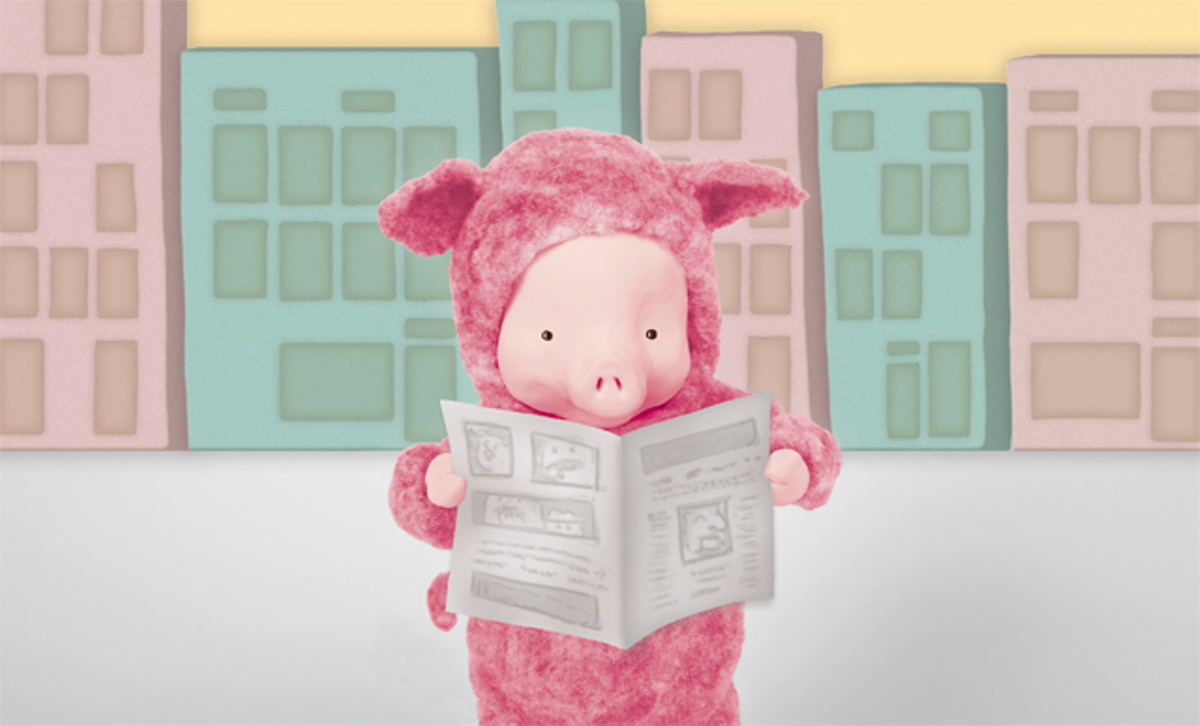
Before Cincinnati formally declared itself a sanctuary city, local faith leaders convened by the Amos Project stepped up, offering support for immigrants and others who might be targeted by policies promised by the incoming Trump administration. If mass deportations or Muslim registries become a reality, these mosques, churches and synagogues have pledged to have the backs of some of Cincinnati’s most vulnerable residents. After high-profile court battles over President Trump’s executive orders banning immigration from certain majority-Muslim countries and halting refugee resettlement, that’s looking more and more like it could become a reality.

While overall violent crime in Cincinnati is still well below levels seen in decades past, the city saw a devastating number of shootings in 2016 — enough to be featured in national media, including a New York Times article on gun violence. While some officials have called for still more police officers on the street, Councilwoman Yvette Simpson has proposed a different idea. Simpson’s proposal would include mental health professionals among first responders heading to crime scenes. Studies show that those exposed to the trauma of violent crime are more likely to be victims or perpetrators of that violence in the future. Working to treat that trauma could be a first step to reducing violence in Cincinnati neighborhoods.



